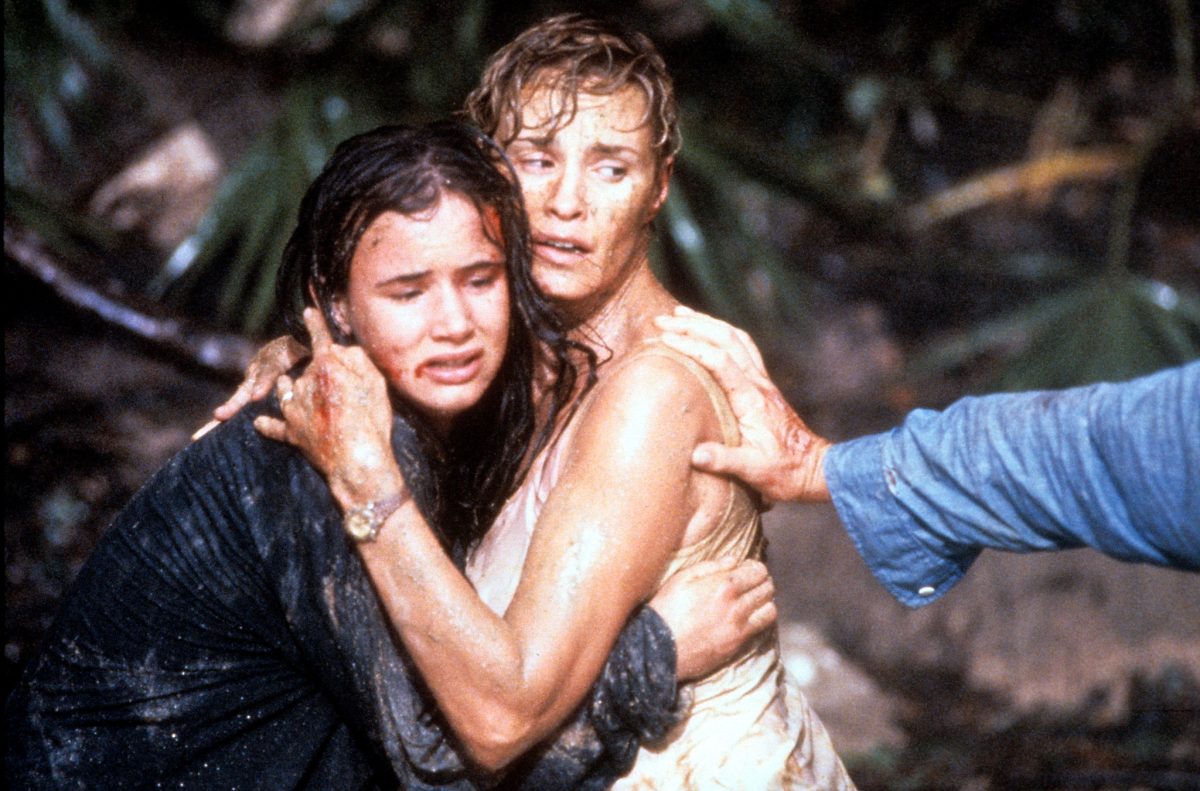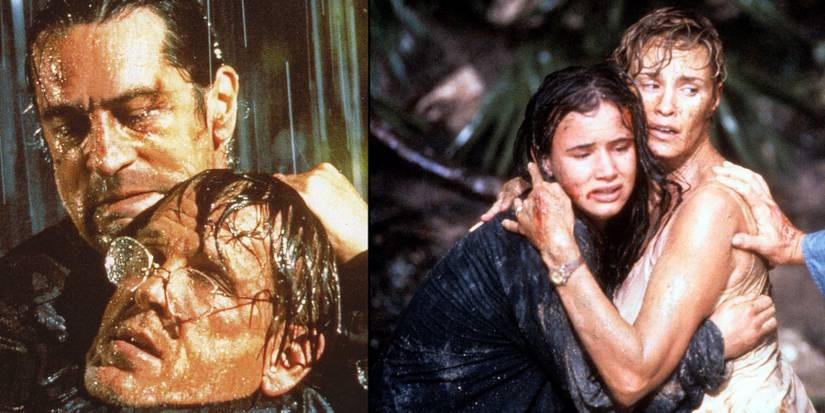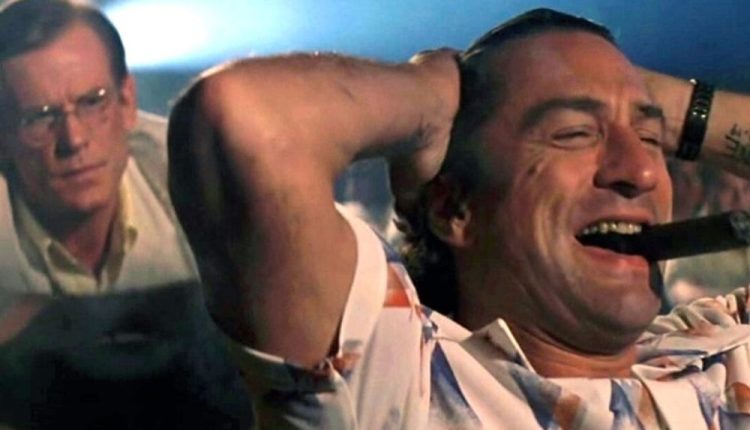Cape Fear (1991) Ending Explained: What Happens to Max Cady in the End?
The 1991 remake of Cape Fear, directed by Martin Scorsese, serves as a darker and more intense reimagining of J. Lee Thompson’s 1962 classic. While both versions share similar plot points, Scorsese’s film delves deeper into themes of moral ambiguity, psychological tension, and the flaws of its central characters. Starring Robert De Niro as the menacing Max Cady, Nick Nolte as the conflicted Sam Bowden, and Jessica Lange as his wife, Leigh, Cape Fear (1991) raises the stakes of suspense and horror while leaving viewers with a haunting conclusion.
Cape Fear (1991) Plot Overview
The film revolves around Max Cady, a convicted rapist released after serving 14 years in prison. Sam Bowden, Cady’s former lawyer, withheld key evidence during his trial that could have reduced Cady’s sentence. After learning about this betrayal, Cady embarks on a campaign of terror, aiming to make Bowden and his family suffer as he has suffered. The movie explores Cady’s psychological manipulation and the intense power struggle between him and Bowden, all set against a backdrop of paranoia, violence, and revenge.
What Happens to Max Cady in the End?
After several intense confrontations between Cady and the Bowden family, the film culminates in a final showdown at Cape Fear. Cady, obsessed with revenge, tracks down the Bowden family to a secluded area. The family’s retreat to the Cape Fear River becomes the setting for the film’s final act, where Cady’s twisted machinations finally collide with the Bowdens’ desperate struggle for survival.

- Cady’s Pursuit of Revenge:
Max Cady’s motivations are driven by vengeance, but it’s also clear that he’s not just seeking retribution for his lost years in prison. His obsession with the Bowdens becomes increasingly personal and psychological, particularly with Sam’s betrayal and the trauma he believes he’s endured. Cady’s behavior is erratic and violent, making him a truly unpredictable antagonist. - The Final Confrontation:
Cady’s relentless pursuit leads to a brutal face-off between him and Sam Bowden. Cady, having terrorized Sam’s family and friends, engages in a physical and psychological battle that escalates to a violent climax. In a tense moment, Cady corners Leigh and Danielle, but their struggle takes an unexpected turn when Danielle, Sam’s daughter, manages to fight back using flammable lamp oil, inadvertently burning Cady’s face. - Max Cady’s Downfall:
The confrontation reaches its peak as Cady and the Bowden family are caught in the middle of a dangerous storm on the Cape Fear River. As the boat drifts in the storm, Cady becomes handcuffed to a pillar, unable to escape. Ultimately, the tides of the river pull Cady under, drowning him in the murky waters, which serves as a fitting and cathartic end for the film’s main antagonist.
Differences Between Cape Fear (1991) and Cape Fear (1962):
While the premise remains the same, Scorsese’s remake of Cape Fear introduces several notable changes:

- Sam Bowden’s Character:
In the 1962 version, Sam Bowden is portrayed as a morally upright, selfless family man. In contrast, the 1991 version reveals Bowden’s flaws, including his infidelity and moral compromises, adding depth to his character and making his decisions more complex. - The Relationship Between Cady and Danielle:
In the original film, Cady’s interest is focused primarily on Nancy, Sam’s daughter, who is depicted as fragile and terrified. In the 1991 version, Danielle (played by Juliette Lewis) is portrayed as more rebellious, exploring her curiosity about Cady and creating a more unsettling dynamic. This shift intensifies the psychological tension between them. - The Ending:
One of the most significant differences is how each version handles the conclusion. In the 1962 film, Sam chooses to let Cady live out his days in prison, whereas Scorsese’s remake opts for Cady’s violent death. This change provides a sense of closure and relief to the Bowden family and the audience, as Cady’s reign of terror is finally ended.
Themes Explored in Cape Fear (1991):
Scorsese’s Cape Fear is not just about revenge and violence. The film also explores themes of guilt, morality, and family dynamics. Sam Bowden’s internal struggle between his duty as a lawyer and his role as a father is a central focus. Meanwhile, Cady’s obsession with retribution and his ability to manipulate those around him underscore the toxic effects of unchecked rage.

The contrast between Cady’s unrelenting pursuit of vengeance and the Bowden family’s desire for normalcy highlights the tension between personal ethics and the corrupting force of anger. The movie also raises questions about justice and forgiveness, suggesting that while the legal system may not always deliver justice, personal redemption and healing can only be achieved through confronting one’s past.
Conclusion
Cape Fear (1991) delivers a powerful, suspenseful, and violent narrative that culminates in a cathartic and fitting end for Max Cady. With its haunting imagery, psychological tension, and moral complexity, Scorsese’s remake stands out as a riveting thriller that explores the consequences of betrayal and revenge. The film’s conclusion, while violent, brings a sense of closure to the harrowing events, allowing the Bowden family to move forward from the trauma they’ve endured. Cady’s fate serves as a reminder of the destructive power of vengeance and the need to confront one’s inner demons.
Excited to learn more about classic thrillers? Stay tuned for more movie reviews and insights on InvestRecords.com.


Comments are closed.